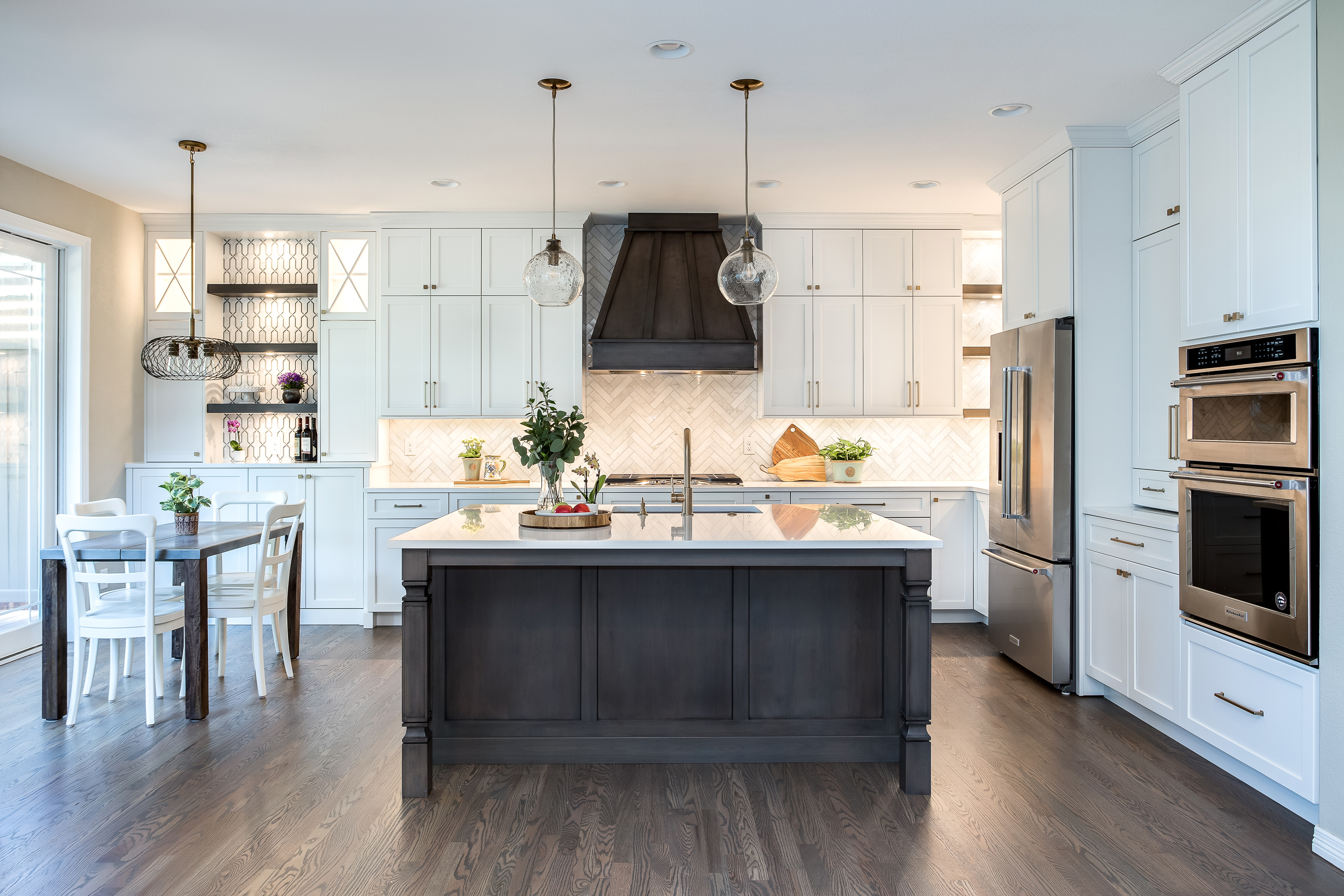Dream Kitchen Come True: Expert Advice for a Seamless Remodeling Experience

The kitchen is the heart of any home, where delicious meals are prepared, memories are made, and conversations flow. However, over time, kitchens can become outdated, cramped, and lacking functionality. If you find yourself longing for a fresh and inviting space that reflects your personal style, it might be time to embark on a kitchen remodeling journey. In this comprehensive guide, we will explore everything you need to know to successfully transform your kitchen into a modern, efficient, and aesthetically pleasing oasis. Click Here to Visit Fort Worth Kitchen Remodeling and Get Started On Your Kitchen Remodel Today
Planning Your Kitchen Remodel:
A successful kitchen remodel begins with thorough planning. Take the time to consider your goals, needs, and budget for the project. Assess the current layout and functionality of your kitchen, and identify areas that require improvement. Create a detailed plan that includes your desired design style, appliance upgrades, storage solutions, and any structural changes you may require.
Design and Style:
The design and style of your kitchen play a crucial role in setting the ambiance and creating a welcoming environment. Research different design styles such as modern, farmhouse, transitional, or traditional, and choose the one that best aligns with your preferences and complements the overall aesthetic of your home. Consider factors such as color schemes, materials, lighting, and the incorporation of natural elements to create a cohesive and visually appealing space.
Optimizing Space and Functionality:
One of the primary objectives of a kitchen remodel is to enhance functionality and optimize space utilization. Evaluate your current storage options and explore innovative solutions such as pull-out cabinets, deep drawers, and vertical storage to maximize efficiency. Additionally, consider the workflow within your kitchen and ensure that key elements, such as the sink, stove, and refrigerator, are conveniently located to facilitate a smooth cooking experience.
Upgrading Appliances and Fixtures:
Modern appliances not only enhance the overall functionality of your kitchen but also contribute to energy efficiency and cost savings in the long run. Evaluate your current appliances and determine which ones need upgrading. Invest in energy-efficient models that align with your cooking habits and preferences. Furthermore, consider updating fixtures such as faucets, lighting, and hardware to add a touch of elegance and modernity to your kitchen space.
Countertops and Cabinetry:
Countertops and cabinetry are prominent features that greatly impact the visual appeal and functionality of your kitchen. Choose countertops that are durable, easy to maintain, and visually appealing. Popular options include granite, quartz, and butcher block. When it comes to cabinetry, explore different materials, finishes, and styles that suit your design preferences. Custom cabinetry can provide tailored storage solutions while maximizing space utilization.
Flooring and Backsplash:
Flooring and backsplash are key elements that tie the overall design of your kitchen together. Opt for flooring materials that are resistant to moisture, easy to clean, and durable. Popular choices include hardwood, ceramic tile, and luxury vinyl. The backsplash presents an opportunity to showcase your creativity and add personality to your kitchen. Consider materials such as subway tiles, mosaic tiles, or even reclaimed wood for a unique and visually striking focal point.
Lighting and Ventilation:
Proper lighting and ventilation are often overlooked aspects of kitchen remodeling. Incorporate a combination of ambient, task, and accent lighting to create a well-lit and inviting space. Install adequate ventilation, such as range hoods or exhaust fans, to eliminate cooking odors, smoke, and excess moisture, ensuring a comfortable cooking environment.
Eco-Friendly Considerations:
In today’s environmentally conscious world, integrating eco-friendly elements into your kitchen remodel is a wise decision. Opt for energy-efficient appliances, LED lighting, and low-flow faucets to reduce energy and water consumption. Additionally, consider using sustainable materials for countertops, flooring, and cabinetry, such as recycled glass, bamboo, or reclaimed wood, to minimize your carbon footprint.
Hiring Professionals and DIY:
Deciding whether to hire professionals or embark on a do-it-yourself (DIY) approach is an important consideration when undertaking a kitchen remodel. While DIY projects can be fulfilling and cost-effective, they require a certain level of skill, time, and dedication. Complex tasks such as plumbing, electrical work, and structural changes are best left to licensed professionals to ensure safety and compliance with building codes.
Budgeting and Timelines:
Kitchen remodeling projects can vary greatly in terms of cost and duration. Establish a realistic budget and allocate funds accordingly for different aspects of the remodel, such as materials, appliances, labor, and unforeseen expenses. Create a timeline for each phase of the project, considering potential delays and contingencies, to manage expectations and ensure a smooth renovation process.
Embarking on a kitchen remodeling journey is an exciting opportunity to revitalize your home and create a space that perfectly aligns with your lifestyle and design preferences. By carefully planning, considering functionality, and incorporating your personal style, you can transform your kitchen into a beautiful and efficient oasis. Whether you choose to hire professionals or take a DIY approach, remember to enjoy the process and celebrate the successful completion of your kitchen remodel, as it will undoubtedly bring joy, functionality, and added value to your home for years to come.